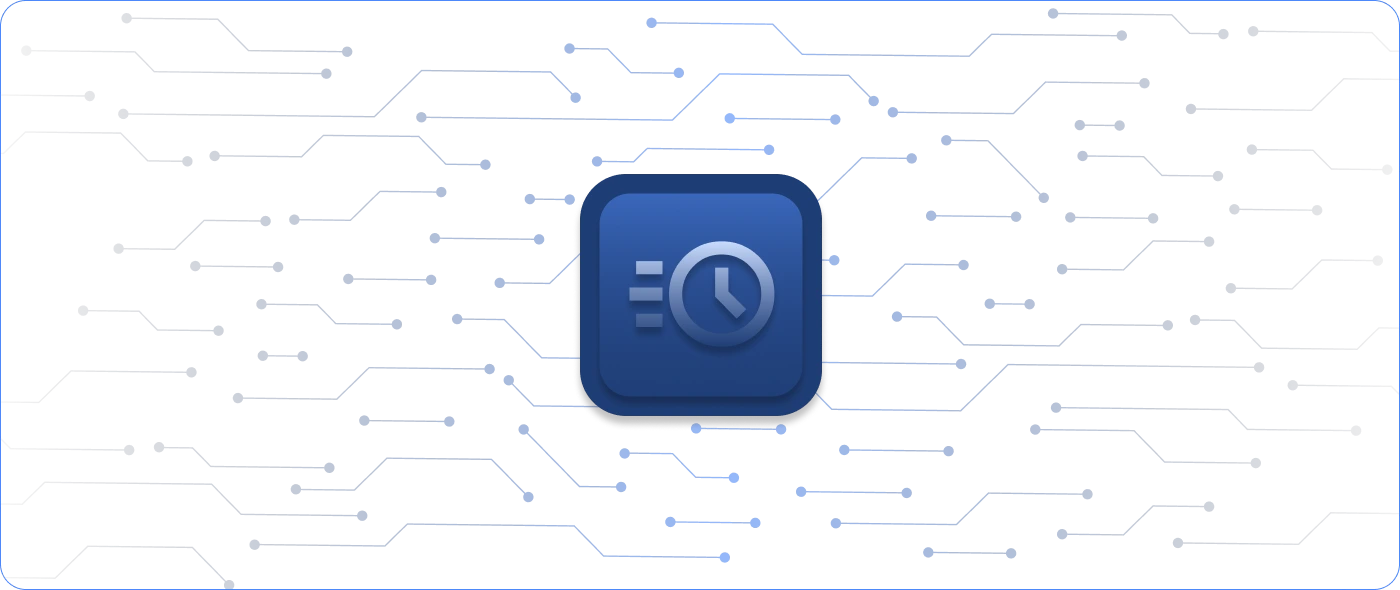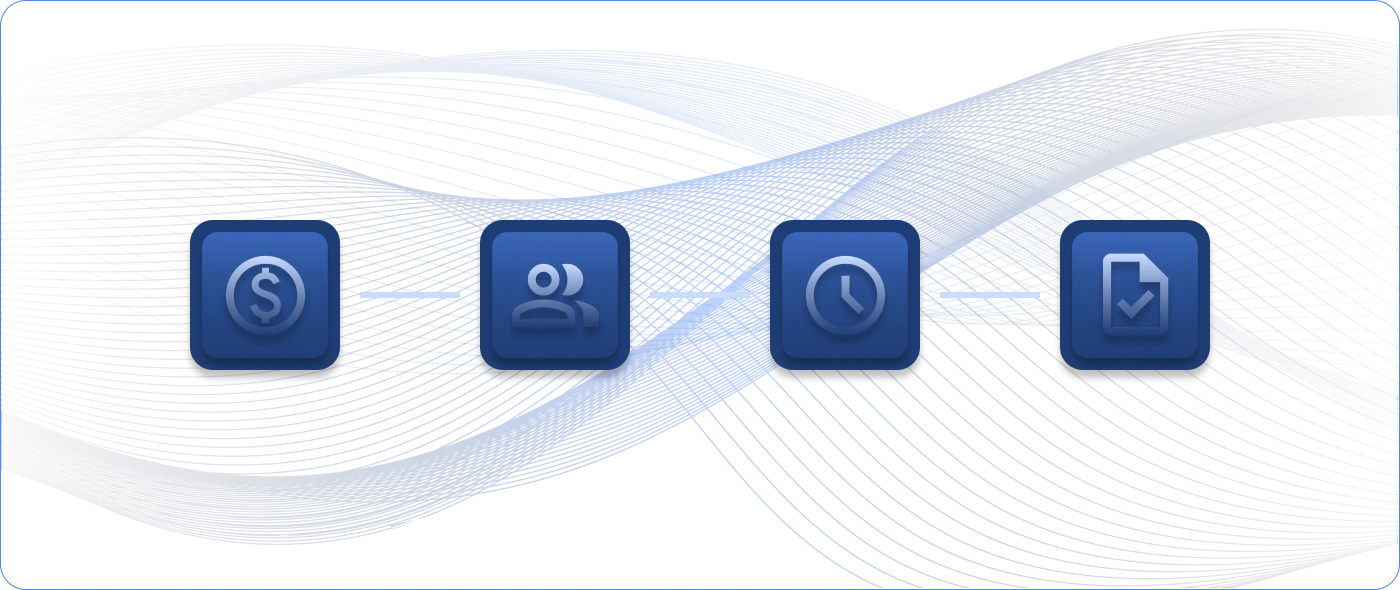Nagios XI is an incredibly powerful enterprise tool, but the free seven-node license can be extremely beneficial for home use! The ever-expanding community of home labs, tech enthusiasts, and system administrators who have a small network closet of their own to keep the household running smoothly serves as inspiration for this list.
1.) Routers and Firewalls
Whether your home router or firewall is a large Cisco appliance, virtualized, or anywhere in between (such as a DD-WRT, OpenWRT, or Tomato variant), Nagios XI can easily be configured to monitor and report on network performance by walking through the included SNMP or Switch/Router wizards. Monitoring bandwidth and Internet usage has become an important part of residential networks as the demand for live streaming, video games, and teleworking increases. Many internet service providers have introduced data limits similar to cellular plans, so having the ability to run reports and receive notifications based on usage thresholds can dramatically reduce the chances of overages showing up on your next monthly bill. In many cases, knowing what ports or devices are generating traffic at certain times of the day can also prove handy when troubleshooting a high-latency connection or packet loss at home.
2.) Gaming/Media PCs
Performance data on resource-intensive machines has always been a multi-directional approach. Real-time statistics can be gathered in a number of unique ways, but the ability to pull historical data can also be essential. With Nagios XI and the Nagios Cross-Platform Agent (NCPA), users can grab both real-time data on key resources as well as alerting and trending information based on the hardware and software used to either stream, game, or play multimedia.
3.) Smart Home Automation
Smart home automation is one of the newer trends in consumer technology. Blanketing a house with an array of sensors and switches can be a great way to make life easier; however, sometimes the devices can be an overwhelming addition to a network or lack specific reporting and alerting abilities. Smart home platforms such as SmartThings, Phillips Hue, Ecobee, Vera, OpenHab, Home Assistant, and many others feature various methods of getting data in and out of their ecosystems. Nagios XI can accept this data and report on it or alert based on thresholds and sensor information. Raspberry Pi users have even more customization abilities around sensor data. For example, if temperature sensors are located inside a refrigerator or freezer, Nagios XI can be configured to accept the temperature data from the Raspberry Pi, chart out compressor cycle variants, and alert based on abnormal ranges. If the refrigerator is open for more than a defined period of time, users can receive a text message. Other examples include garage door status alerting based on time of day, energy usage reports, and many other projects!
4.) Printer Status
Managing printers can be a frustrating aspect of system administration for both work and home environments. The majority of printers today have network connectivity, and many of them support Nagios XI monitoring via SNMP or printer wizards. After a few keystrokes and mouse clicks, Nagios XI can report and notify based on printer ink and paper levels, so that the occasionally used device is always ready to go! Nagios can also notify users based on any mechanical irregularities, such as the inevitable paper jams and maintenance intervals that come with owning a printer.
5.) Website
Nagios XI can be configured to monitor various aspects of a website or cloud-based resources for companies wishing to receive alerts based on server outages or high load times. This can also be an essential troubleshooting method when diagnosing network issues at home. The ability to chart website ping values over any length of time helps when trying to correlate the data with other network components. Website ping and response times can be used in combination with other data as a great first step when determining whether or not connectivity and performance issues are limited to just the local network.
6.) Gardening
One of our team members wrote a detailed explanation of how he uses Nagios to monitor his compost pile at home. That same programming logic can be applied to an array of different sensors, inside and outside. Collecting data on ground water levels, sunlight, and even the acidity (pH) of soil can all be performed using a similar strategy with Raspberry Pi hardware and graphically represented in Nagios XI.
7.) Home Server
Every system administrator has at least one device at home acting as a server. Whether it’s a simple application that needs to be running 24/7 or a file server containing movies and music, it’s important to be alerted to any issues. Nagios XI can report on disk usage and thermal temperatures or alert you if specific services and applications are not running. Home servers typically exist in a fairly volatile hardware state compared to business environments, so knowing when issues occur saves the frustration of having to fix items frequently at home.
To learn more about Nagios XI and its benefits, feel free to download a fully featured 30-day trial. Nagios XI is free for up to seven nodes after the trial, so it’s a great resource to spin up and explore how easily it can be used to accommodate your enterprise needs. If you have any technical questions, be sure to check out our amazing support forums and technical resources.



